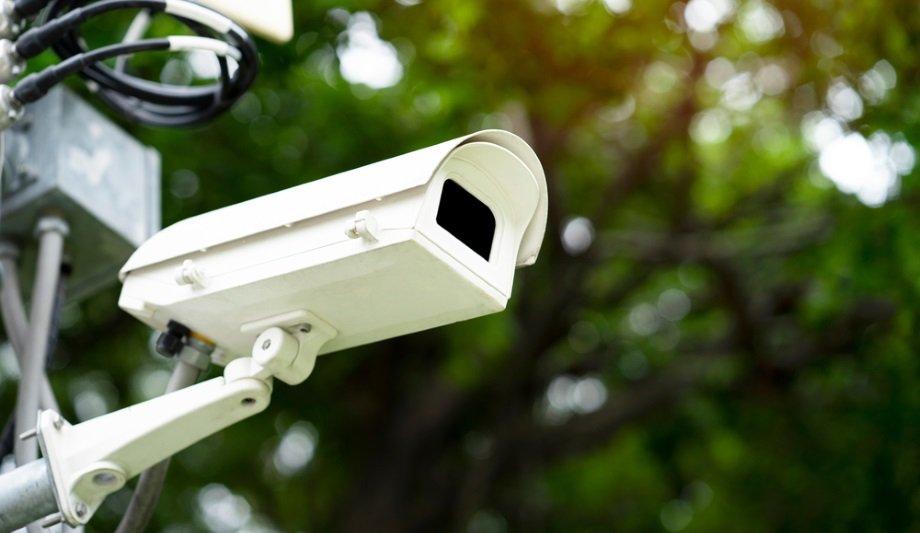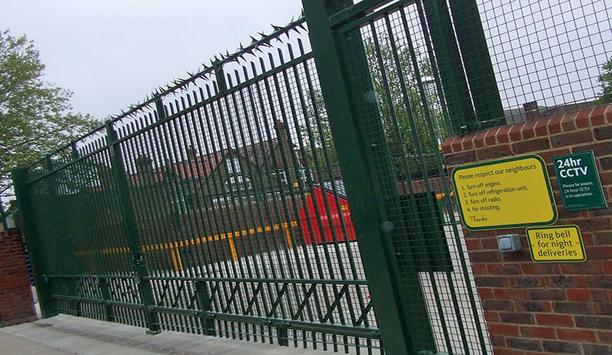Video surveillance has become the king of data—and is known to be the largest producer of data in the world. A single day of video surveillance is estimated to produce more than 500 petabytes of data—for context, a single petabyte is equivalent to 1,000 terabytes – and that number is only expected to grow. Why is it expected to grow? The answer lies with new and emerging technology, and the way that technology operates.
For physical security teams, the rapid amount of data they are suddenly managing has become complex and overwhelming. Gone are the days of straight forward, plug-it-in technology where all you had to do is set it up and monitor. With enhanced capabilities and analytics, cameras have gone from being static wall fixtures to active parts of security and business operations.
Existing security infrastructures
Today’s cameras have higher resolution, and as a result, are producing more data, and that data can be used in more ways than before. This gives physical security teams a clearer picture into safety and security, as well as an inside look into business operations, which is being fueled by video analytics that are more functional and mission-critical than they have been in the past.
All of these things added together put tremendous strain on existing security infrastructures
All of these things added together put tremendous strain on existing security infrastructures, driving the need for more scale, resilience, and higher performance. So, how can you implement an infrastructure that keeps up with growth and fulfills all of your organization’s needs without increasing complexity or sacrificing ease of use?
Archiving of valuable data
Here are a few considerations organizations must keep in mind:
Cost: Understandably, many organizations want to expand their storage infrastructure, particularly to support long-term archiving of valuable data-- without drastically raising costs.
However, approaching this infrastructure challenge with only immediate cost in mind could lead to an inadequate solution, and you must consider long-term costs as well. Long-term costs include both potential savings (if a solution is chosen that can scale for the long run) as well as unexpected costs, like replacing hardware or if the current tech becomes obsolete and must be replaced in favour of a newer model.
Constant hardware failure
Cost also factors into resilience, because organizations can’t afford major or constant hardware failure
Cost also factors into resilience, because organizations can’t afford major or constant hardware failure, and with more data being generated and more of it being mission critical to support safety and business initiatives, it’s imperative that infrastructure does not go down, and retains data and performance standards in the event of a failure.
It’s critical that organizations not only consider the one-time implementation costs for a modern infrastructure, but also consider the cost savings of having an infrastructure in place that requires less hardware over time, can grow with their needs, won’t lose data in the event of a failure and reduces the risk of downtime with the system.
Physical security infrastructure
Security: With all of the money and resources poured into the physical security infrastructure, organizations need to make sure they’re properly protected from cyber criminals, malware, ransomware, or anything else bad actors throw their way.
Organizations must consider solutions that allow them to keep their data as secure as possible, but still easily accessible as needed by their teams for business and compliance purposes over the long term.
Latest datacenter technologies
It’s critical that it’s easy to use and simple to deploy without requiring the need for advanced IT skills
Ease of implementation: Organizations must also consider ease of use and implementation. While it’s important to implement an infrastructure that is modern and offers the latest datacenter technologies, it’s critical that it’s easy to use and simple to deploy without requiring the need for advanced IT skills.
At the end of the day, the only thing that is guaranteed is data growth, and legacy solutions may not be able to keep up with your requirements. Because of that simple guarantee, it’s critical to determine your needs now and for the future, and then do your research on available solutions based on those needs.
If you do your research now, you’ll be prepared for whatever comes next, armed with both knowledge and the best solution for your organization.
Discover how AI, biometrics, and analytics are transforming casino security




























